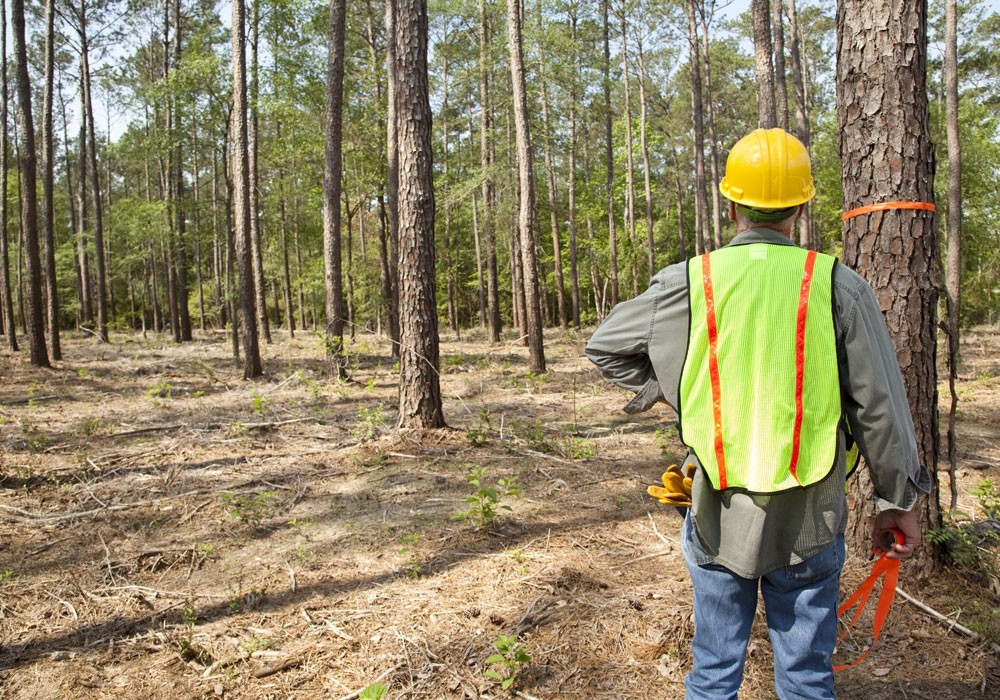Sometimes it’s easy to lose sight of the forest among the trees.
It’s a cliché metaphor but it’s actually Dwayne and Matthew MacGillivary’s lives.
The brothers own L.G. MacGillivary & Son Lumbering LTD., a family-run business in Nova Scotia that’s been around for nearly 40 years and provides timber for the local pulp mill Northern Pulp. They took over the business from their father Edgar after he retired and obtained the company’s myriad responsibilities.
“We’re probably one of the few industries that if you’re an owner, you’re not just an owner,” said Matthew, the company’s Vice-president and Director. “You’re human resources, you’re an accountant. You have to do it all.”
Without nourishment, a tree can’t survive, and without strategy and leadership, neither can a business. The brothers were initially so engrossed with the day-to-day operations of their new company that their business lacked the direction needed to grow.
Recognizing the forest
As Matthew and Dwayne gained experience, they eventually looked critically at their business over the long term. They recognized they could achieve efficiency improvements using recent industry best practices like operator training and equipment upgrades, areas Matthew said the older generation of loggers overlooked.
“Twenty five years ago, operator training was never important,” he said. “It’s becoming more common in the industry because different techniques are making people more efficient. You’re maybe shaving a second or two here and there, but when you add it up over the year that’s huge.”
Equipment for a tough job
Logging is demanding: 20-hour workdays, scorching summers that overheat equipment, bone-chilling winters that prevent equipment from starting and the constant battle to keep your equipment performing as it labours against century-old trees.
For years, L.G. MacGillivary logged with older equipment. The machines constantly needed repairs, which were costly and stifled productivity. As one part of the company’s rejuvenation, the brothers steadily upgraded equipment starting in 2000.
Two crucial pieces of equipment are the company’s Ponsse forwarder and Log Max processor head the brothers financed with the help of CWB National Leasing. Because the brothers didn’t purchase their equipment up front, they freed up nearly $1 million worth of cash flow through financing.
“We had a lot of older stuff,” said Dwayne, company President and Director. “Upgrading most of our equipment, especially the new Log Max head and forwarder meant more production, less down time, less fuel and fewer repairs on the front end.”
And it’s not only equipment for harvesting that interest the MacGillivary’s. In 2013, the brothers traveled to Sweden and acquired commercial thinning equipment to ensure they can log for decades.
Logging for now and the future
Those in the forestry industry understand that logging is not just harvesting lumber. There’s a deep understanding of the land and a concerted effort to drive sustainability.
“A lot of people look at forestry like you’re cutting trees so it’s a bad thing,” Matthew said. “People only talk about the clear cuts but people don’t see the reforestation.”
A 2014 study claims that Canada joined Russia and Brazil as countries that have the highest total area of degradation of intact forest landscapes since 2000; however, Canada actually has one of the lowest man-made deforestation rates in the world, when omitting natural occurrences like forest fires and forest loss due to insects.
For every section of forest that L.G. MacGillivary logs, the paper mill it serves ensures it’s replaced. The practice is called silviculture – it’s similar to agriculture – and works like this: Northern Pulp examines the logged areas and assesses if they’ll naturally regenerate, planting new trees and cultivating the forest if they won’t. Years later, the forest grows back and L.G. MacGillivary harvests again.
“That’s the thing you never hear about in the news: what we do as an industry – putting back what we’re taking out,” said Matthew. “Forestry can be sustainable if it’s managed right.”
Growth for the future
Matthew and Dwayne plan to grow their company, whether in the forestry industry or another. And through their recent experience, they know how they’ll get there.
“If you don’t continually upgrade equipment, you eventually just fall so far behind that you never make it,” Matthew said. “We’ll be looking for more equipment and we’ll certainly contact CWB National Leasing.”
← Previous Story
Financing made easy.
Contact us and we'll call you right away


